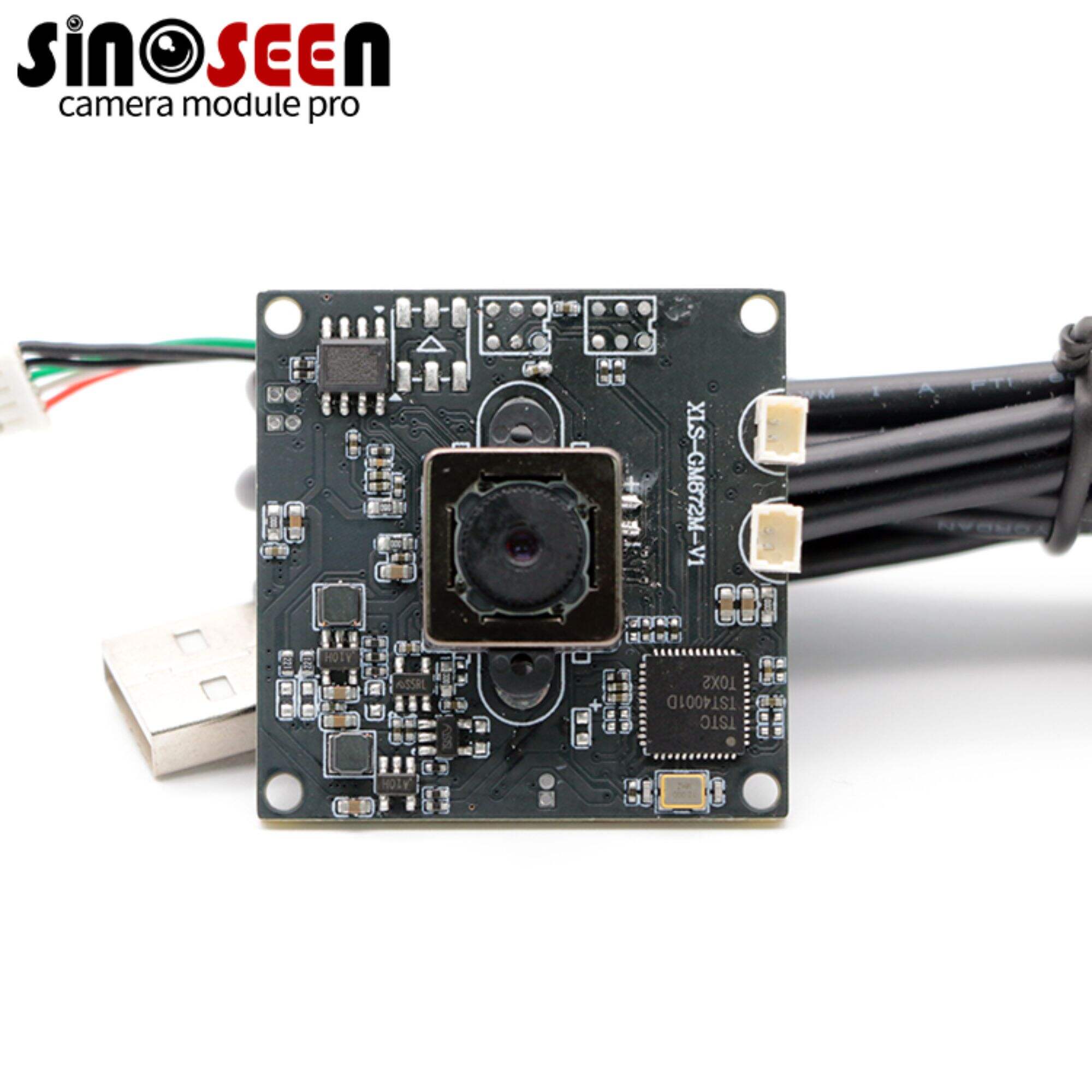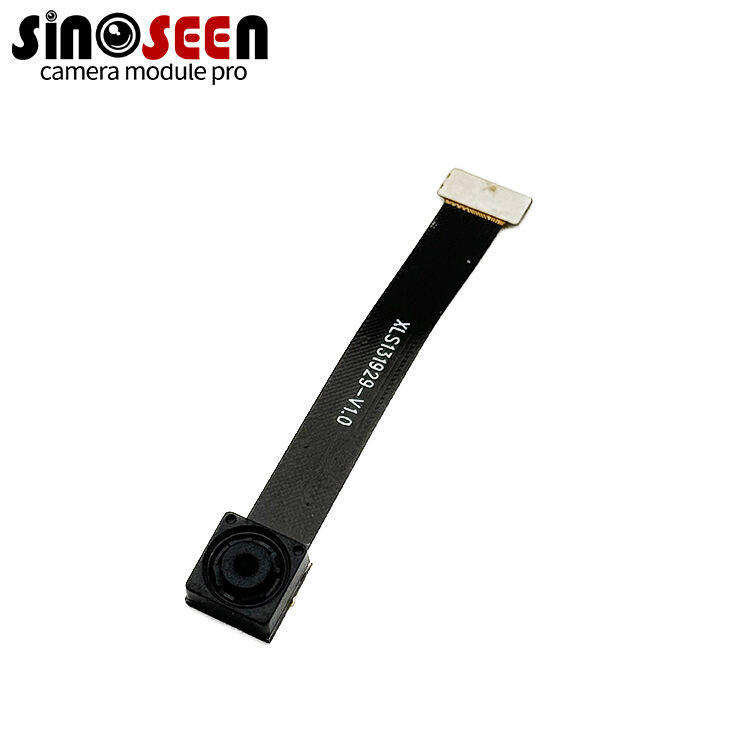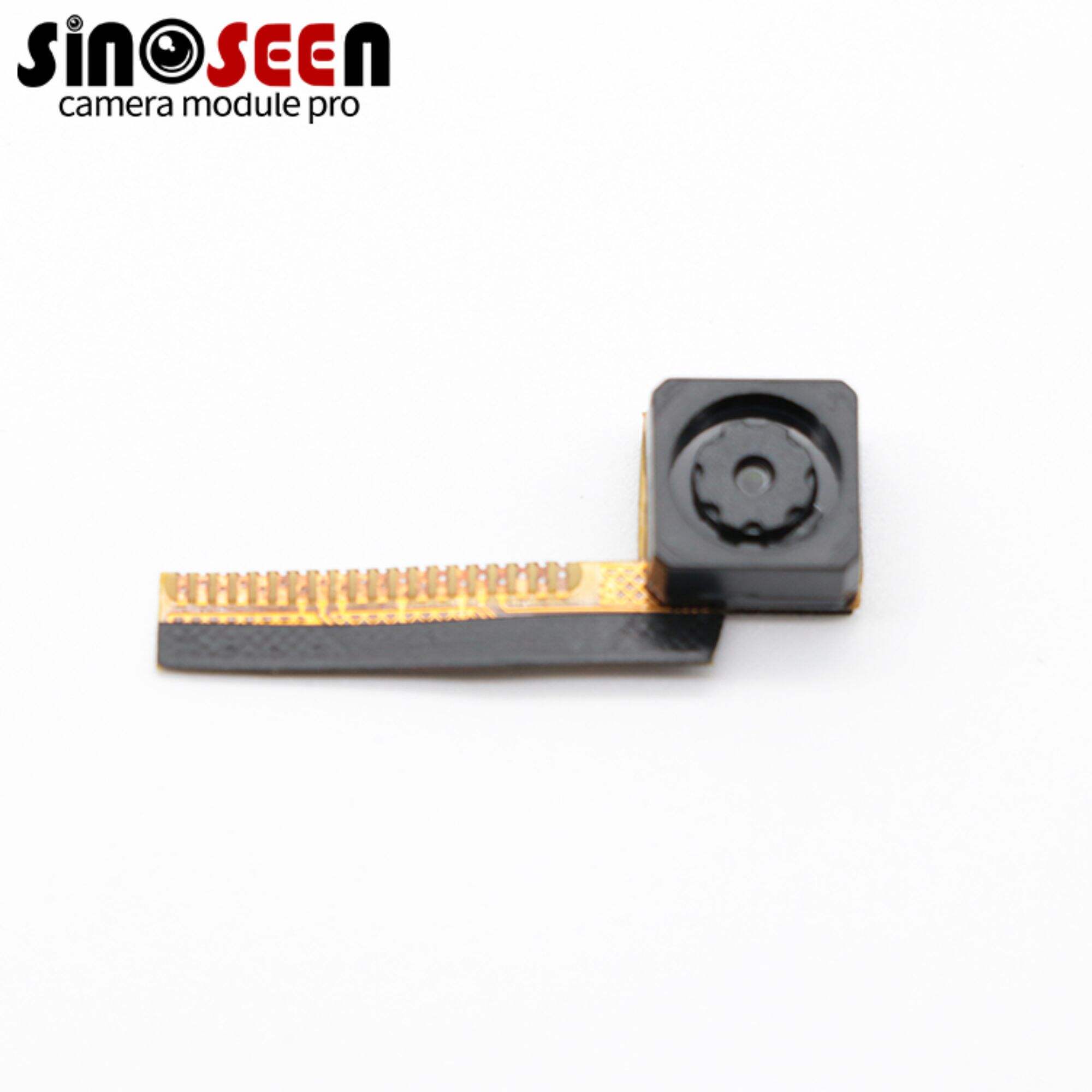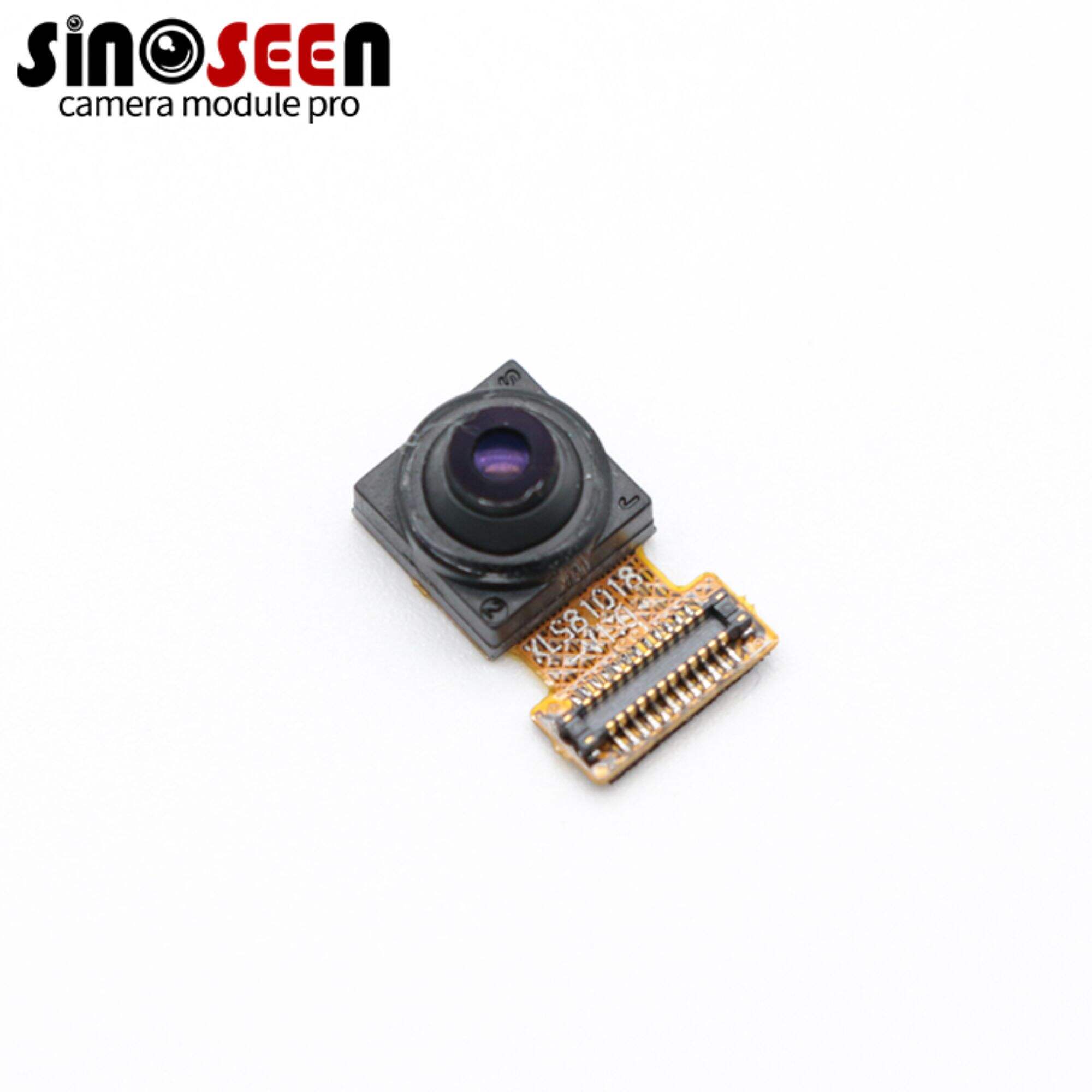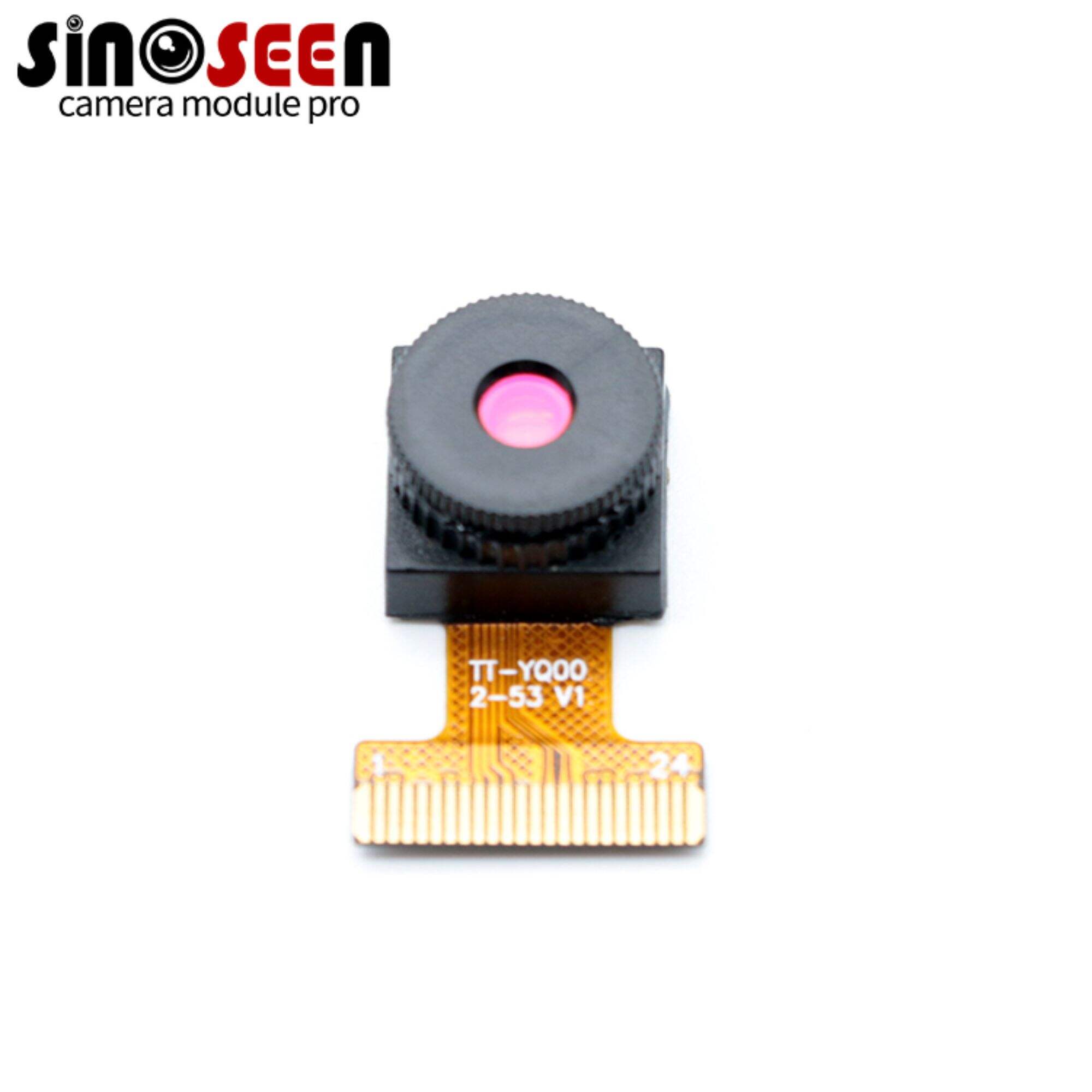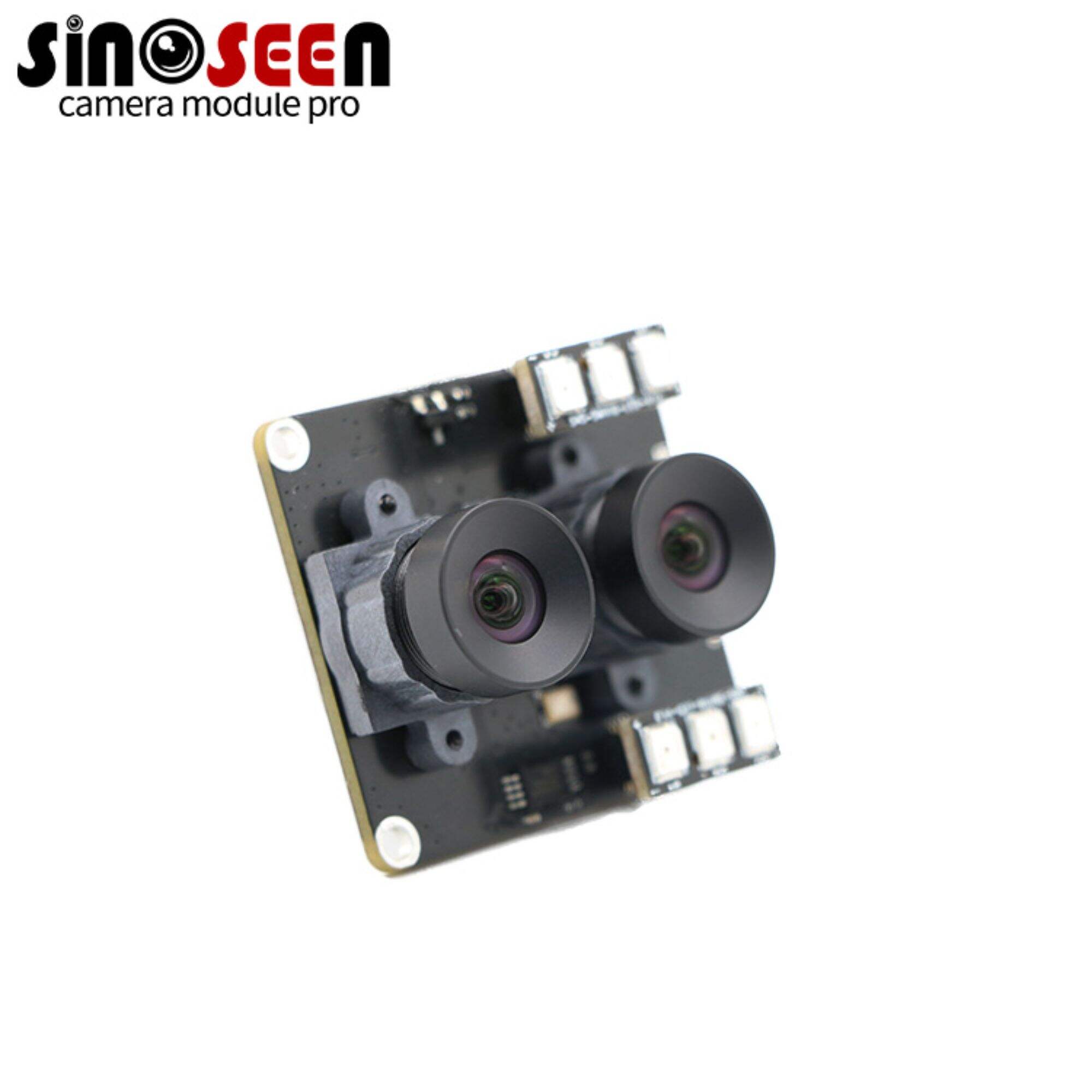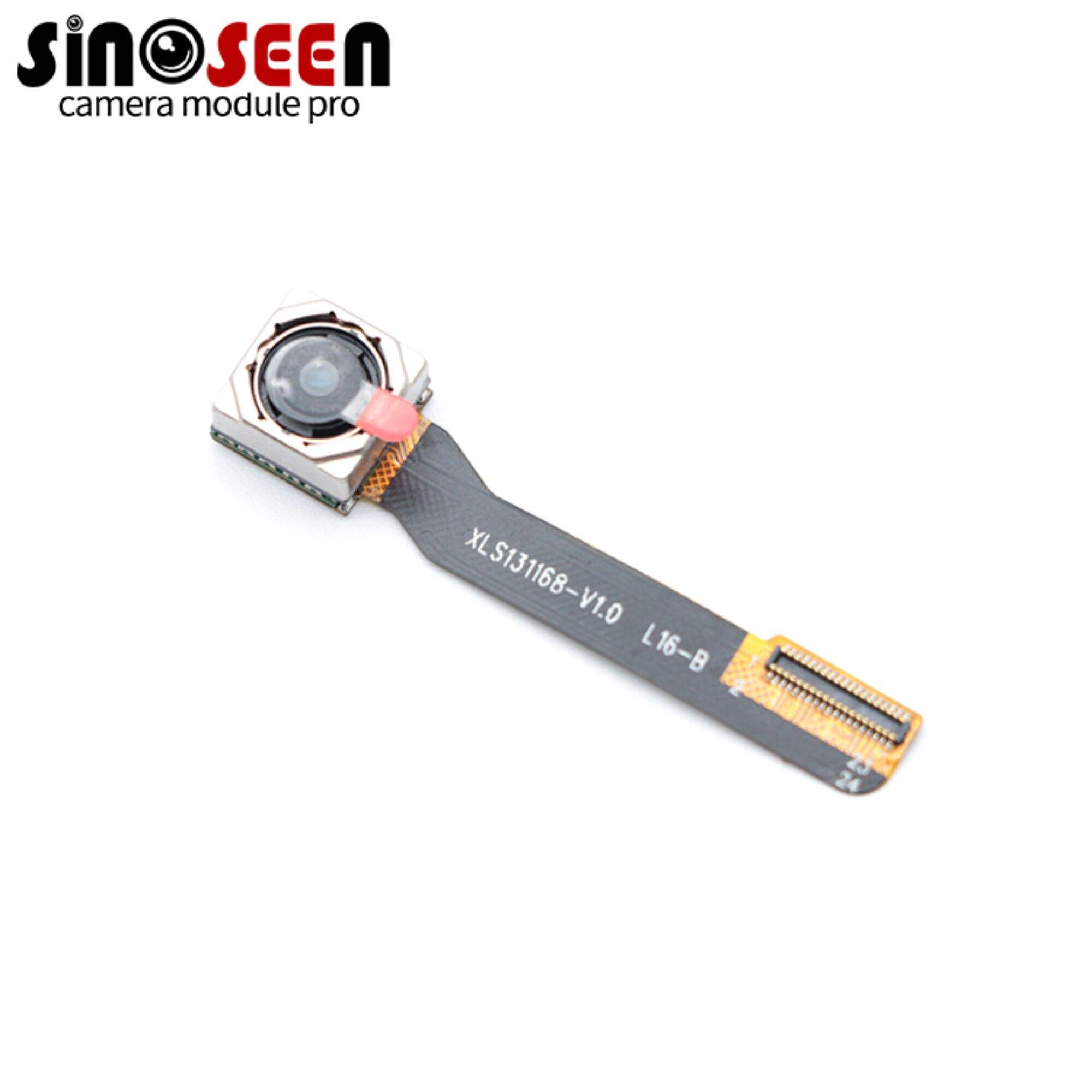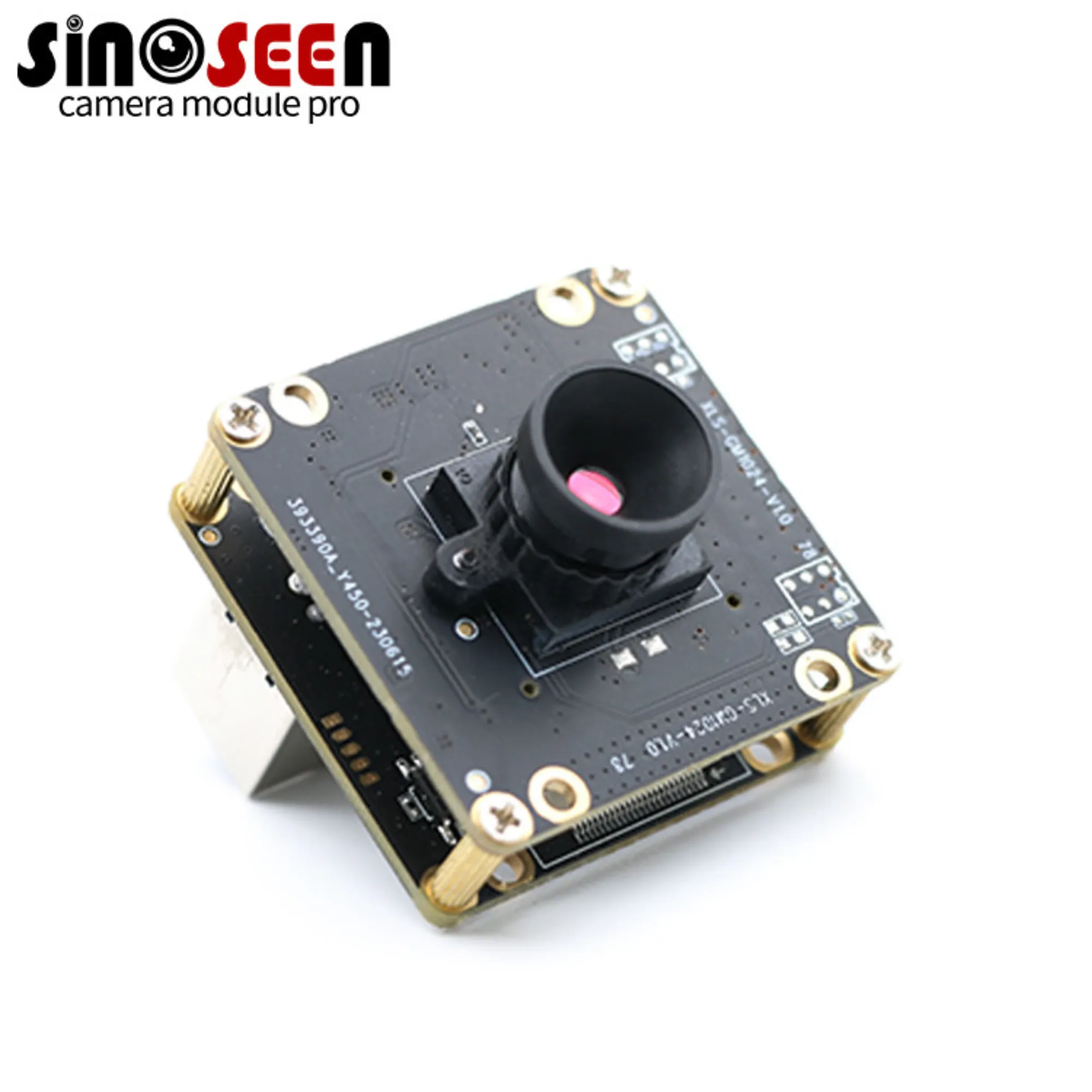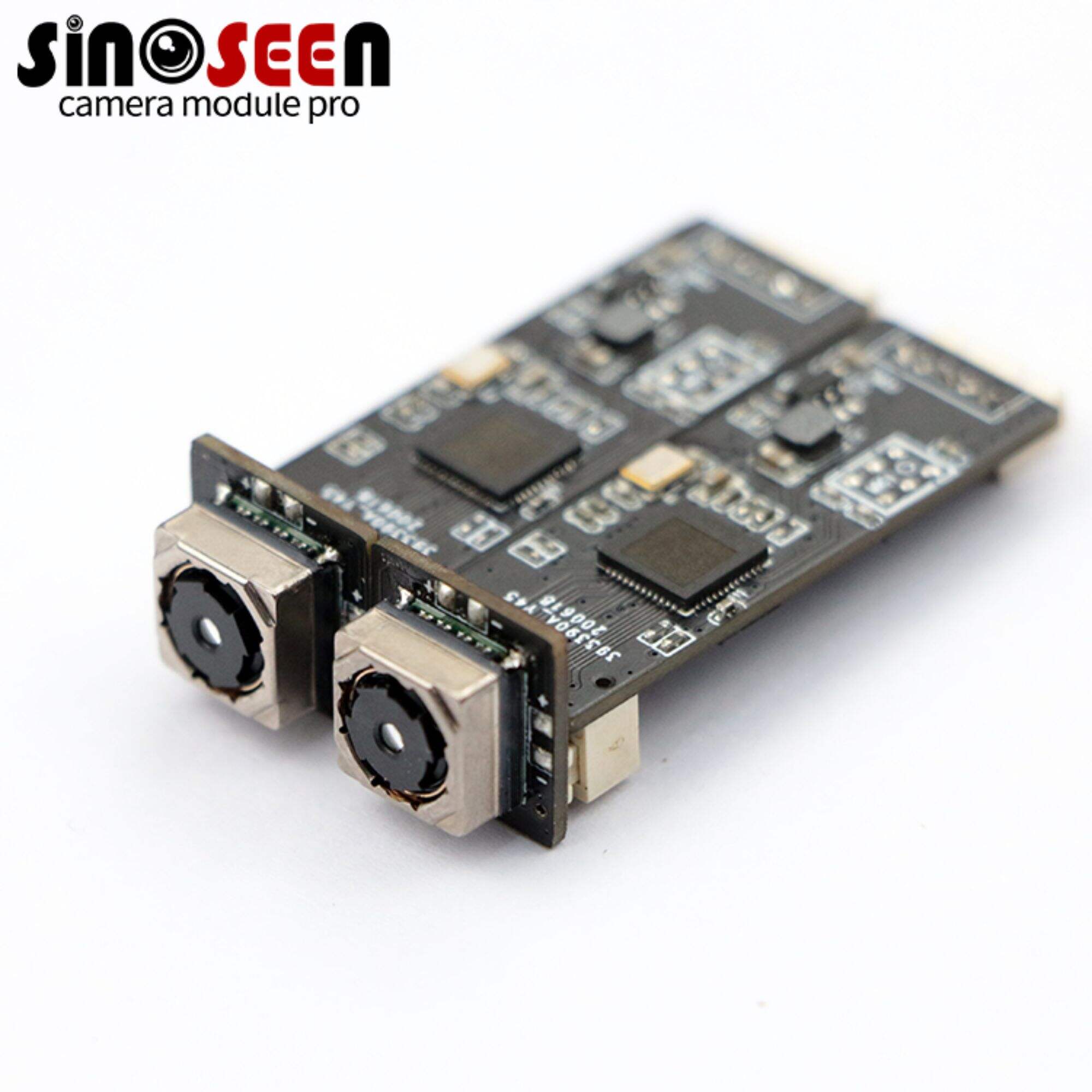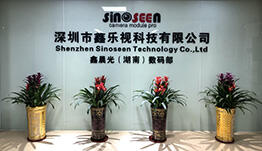What Makes a Compact Camera Module Ideal for Embedded Use?
Understanding the Evolution of Embedded Camera Technology
The landscape of embedded imaging has transformed dramatically over the past decade, with compact camera modules emerging as the cornerstone of modern visual technology integration. These sophisticated components have revolutionized how we approach embedded vision systems, offering unprecedented possibilities for device manufacturers and developers. The evolution from bulky camera assemblies to streamlined compact camera modules represents a significant leap forward in both form factor and functionality.
Today's compact camera modules combine advanced sensor technology, sophisticated optics, and intelligent processing capabilities in remarkably small packages. This integration has opened new doors for applications ranging from consumer electronics to industrial automation, making visual intelligence more accessible and practical than ever before. As we delve deeper into this technology, we'll explore the key attributes that make these modules indispensable in embedded applications.
Essential Components of Modern Compact Camera Modules
Image Sensor Technology and Its Impact
At the heart of every compact camera module lies the image sensor, typically either CMOS or CCD technology. Modern CMOS sensors have gained prominence due to their lower power consumption, faster readout speeds, and improved low-light performance. These sensors are manufactured using advanced semiconductor processes, enabling higher pixel densities while maintaining excellent image quality in smaller form factors.
The selection of an appropriate image sensor plays a crucial role in determining the module's overall performance. Factors such as pixel size, sensitivity, and dynamic range must be carefully balanced against the specific requirements of the embedded application. High-end compact camera modules often feature advanced sensor technologies like BSI (Back-Side Illumination) or stacked sensor designs, pushing the boundaries of what's possible in minimal space.
Optical System Design and Integration
The optical system in a compact camera module requires precise engineering to achieve optimal performance within space constraints. This includes carefully designed lens assemblies, filters, and sometimes even mechanical components for auto-focus or optical image stabilization. Modern manufacturing techniques allow for the production of high-quality plastic and glass lens elements that maintain excellent optical properties while minimizing size and weight.
Advanced optical designs often incorporate multiple elements to correct for various aberrations and ensure sharp, clear images across the entire field of view. The integration of these components demands precise alignment and robust assembly processes to maintain performance over the device's lifetime.
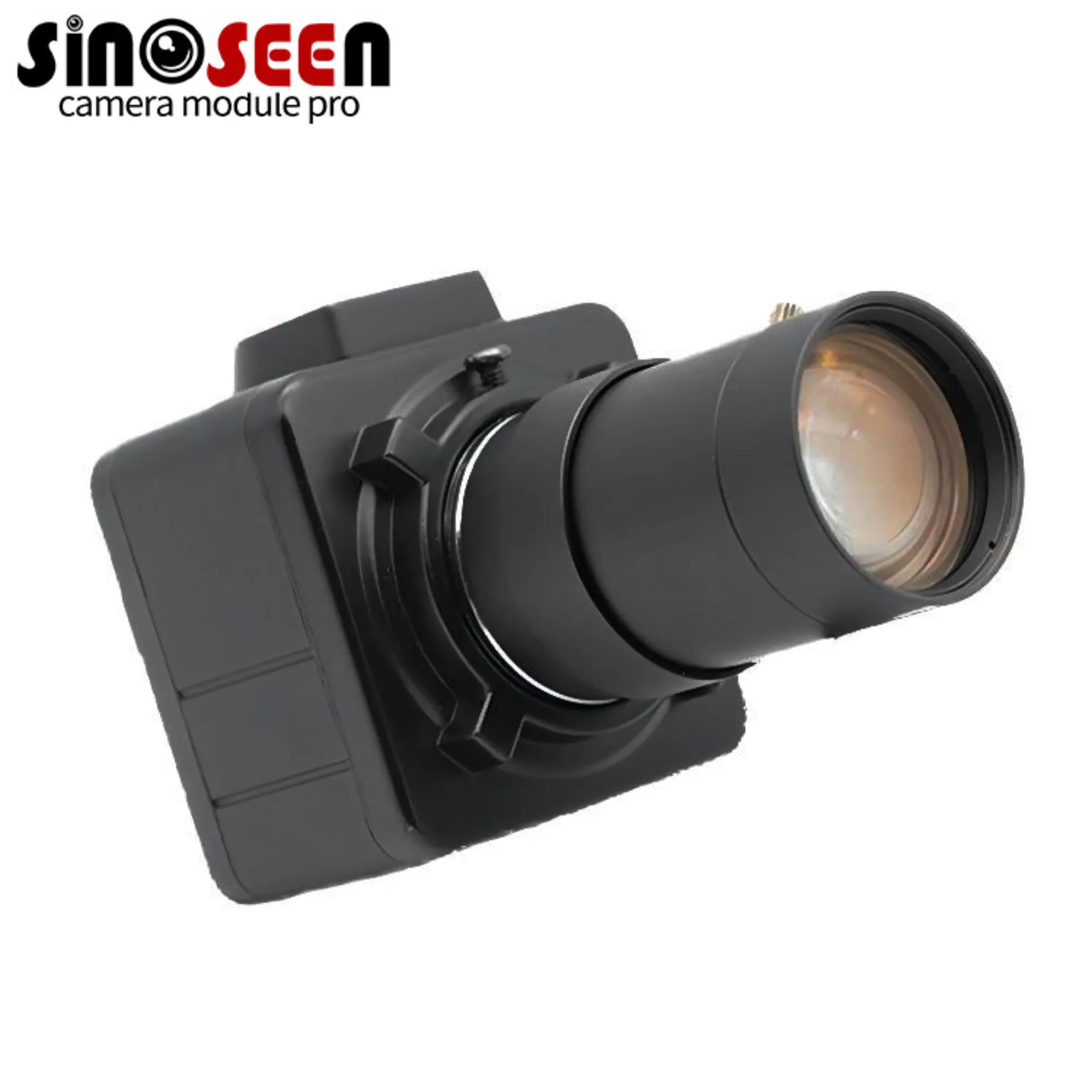
Size and Form Factor Considerations
Miniaturization Technologies
The drive toward smaller, more capable devices has spurred remarkable innovations in miniaturization techniques for compact camera modules. Advanced packaging technologies, such as chip-scale packaging and wafer-level optics, have enabled significant reductions in module dimensions without compromising performance. This miniaturization extends beyond just the physical size to include considerations for thermal management and electromagnetic interference shielding.
Modern manufacturing processes utilize precision automation and advanced materials to achieve incredibly tight tolerances in assembly. This precision is essential for maintaining optical alignment and ensuring consistent performance across production runs. The result is compact camera modules that can be integrated into increasingly slim and space-constrained devices.
Integration Flexibility and Mounting Options
The versatility of compact camera modules is enhanced by their flexible mounting options and standardized interface protocols. Manufacturers often provide multiple mounting configurations to accommodate different PCB layouts and mechanical designs. This flexibility extends to electrical interfaces, with many modules supporting standard protocols like MIPI CSI-2 or parallel interfaces.
Design engineers can choose from various form factors and mounting styles to best suit their application requirements. Some modules offer board-to-board connectors, while others may use flexible printed circuits for more challenging integration scenarios. This adaptability makes compact camera modules suitable for a wide range of embedded applications.
Performance and Quality Metrics
Image Quality Standards
Image quality remains a paramount consideration in compact camera module design. Despite their small size, these modules must deliver consistent performance across various lighting conditions and use cases. Key metrics include resolution, color accuracy, noise performance, and dynamic range. Modern modules often incorporate sophisticated image processing capabilities to optimize these parameters in real-time.
Advanced features such as HDR (High Dynamic Range) imaging and multi-frame noise reduction help maintain image quality even in challenging conditions. The ability to capture high-quality images while managing power consumption and thermal constraints is a testament to the sophisticated engineering behind these compact modules.
Environmental Durability
Embedded applications often demand robust performance in varying environmental conditions. Compact camera modules must maintain reliability across temperature extremes, vibration, and sometimes exposure to moisture or dust. Manufacturers achieve this through careful material selection, protective coatings, and robust mechanical design.
Testing protocols ensure modules meet stringent environmental specifications while maintaining optical performance. This includes thermal cycling, shock testing, and extended reliability assessments to validate long-term stability in real-world applications.
Future Trends and Innovations
Advanced Processing Capabilities
The integration of sophisticated processing capabilities directly within compact camera modules represents an exciting trend in embedded vision. On-module image signal processors (ISPs) and neural processing units enable advanced features like real-time object detection, face recognition, and scene optimization. This edge processing capability reduces the burden on host systems and enables more responsive, intelligent applications.
Looking ahead, we can expect to see even more powerful processing capabilities integrated into compact camera modules, potentially including dedicated AI accelerators and advanced compression technologies. This evolution will continue to expand the possibilities for embedded vision applications.
Emerging Applications and Market Demands
The proliferation of IoT devices, autonomous systems, and smart appliances is driving innovation in compact camera module design. New applications continue to emerge, from advanced driver assistance systems to smart home devices and wearable technology. These diverse use cases are pushing manufacturers to develop more specialized and capable modules while maintaining the benefits of compact design.
Market trends suggest a growing demand for modules that can support advanced features like 3D sensing, depth mapping, and multi-camera arrays. These capabilities will enable new applications in augmented reality, robotics, and automated inspection systems.
Frequently Asked Questions
What is the typical lifespan of a compact camera module?
The typical lifespan of a compact camera module varies depending on usage conditions and environmental factors, but most quality modules are designed to operate reliably for 5-7 years under normal conditions. Regular operation within specified temperature ranges and protection from extreme environmental conditions can extend this lifespan significantly.
How do compact camera modules handle low-light conditions?
Modern compact camera modules employ several technologies to optimize low-light performance, including larger pixel sizes, advanced sensor designs like BSI, and sophisticated image processing algorithms. Many modules also feature wide-aperture lenses and specialized noise reduction techniques to maintain image quality in challenging lighting conditions.
Can compact camera modules be customized for specific applications?
Yes, many manufacturers offer customization options for their compact camera modules to meet specific application requirements. This can include modifications to optical specifications, sensor selection, interface protocols, and mechanical design. Custom solutions may require minimum order quantities and longer lead times but can provide optimal performance for specialized applications.

 EN
EN
 AR
AR
 DA
DA
 NL
NL
 FI
FI
 FR
FR
 DE
DE
 EL
EL
 HI
HI
 IT
IT
 JA
JA
 KO
KO
 NO
NO
 PL
PL
 PT
PT
 RO
RO
 RU
RU
 ES
ES
 SV
SV
 TL
TL
 IW
IW
 ID
ID
 SR
SR
 VI
VI
 HU
HU
 TH
TH
 TR
TR
 FA
FA
 MS
MS
 IS
IS
 AZ
AZ
 UR
UR
 BN
BN
 HA
HA
 LO
LO
 MR
MR
 MN
MN
 PA
PA
 MY
MY
 SD
SD

